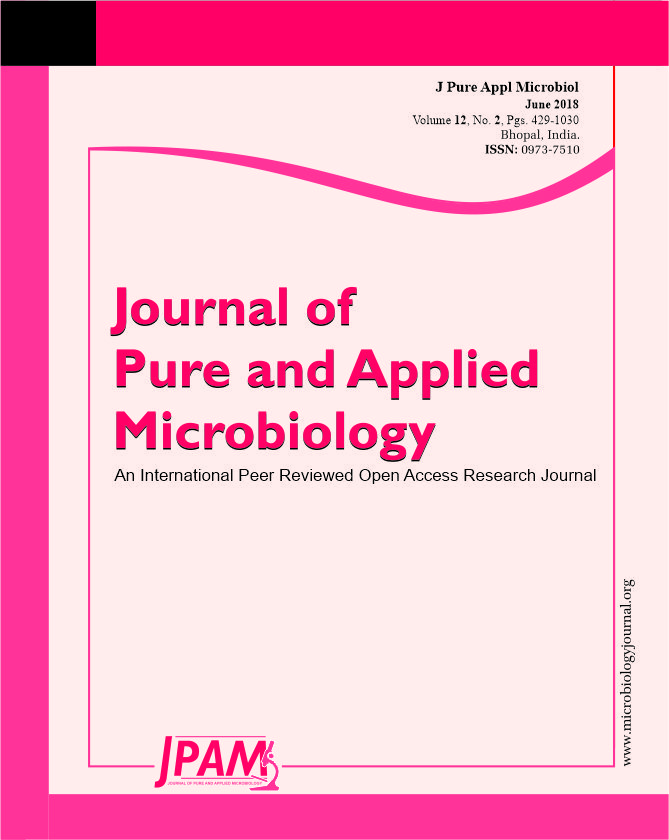Cholera is one of the most important epidemic diseases globally. It is causing of morbidity and mortality in the world. Severe watery diarrhea causes a composite process involving several component that help them reach the lining of the small intestine, form colonies and generate bacterial toxins. This survey was carried out to discover the genetic patterns of clinical isolates according to the presence or absence of toxic genes for the city of Diwaniyah in southern Iraq. Sixty isolates were isolated from patients with cholera. The isolates included the center of the city and the surrounding rural areas. Biochemical and serological diagnosis. All the isolates were V. cholera serogroup O 1 of the serotyping Ogawa in biotype El Tor. Genetic testing was carried out using PCR technique and base on the presence or absence of toxin genes. Three genotypes were identified for the region.
Vibrio cholera, Biochemical and Surgical Diagnosis.
© The Author(s) 2018. Open Access. This article is distributed under the terms of the Creative Commons Attribution 4.0 International License which permits unrestricted use, sharing, distribution, and reproduction in any medium, provided you give appropriate credit to the original author(s) and the source, provide a link to the Creative Commons license, and indicate if changes were made.


